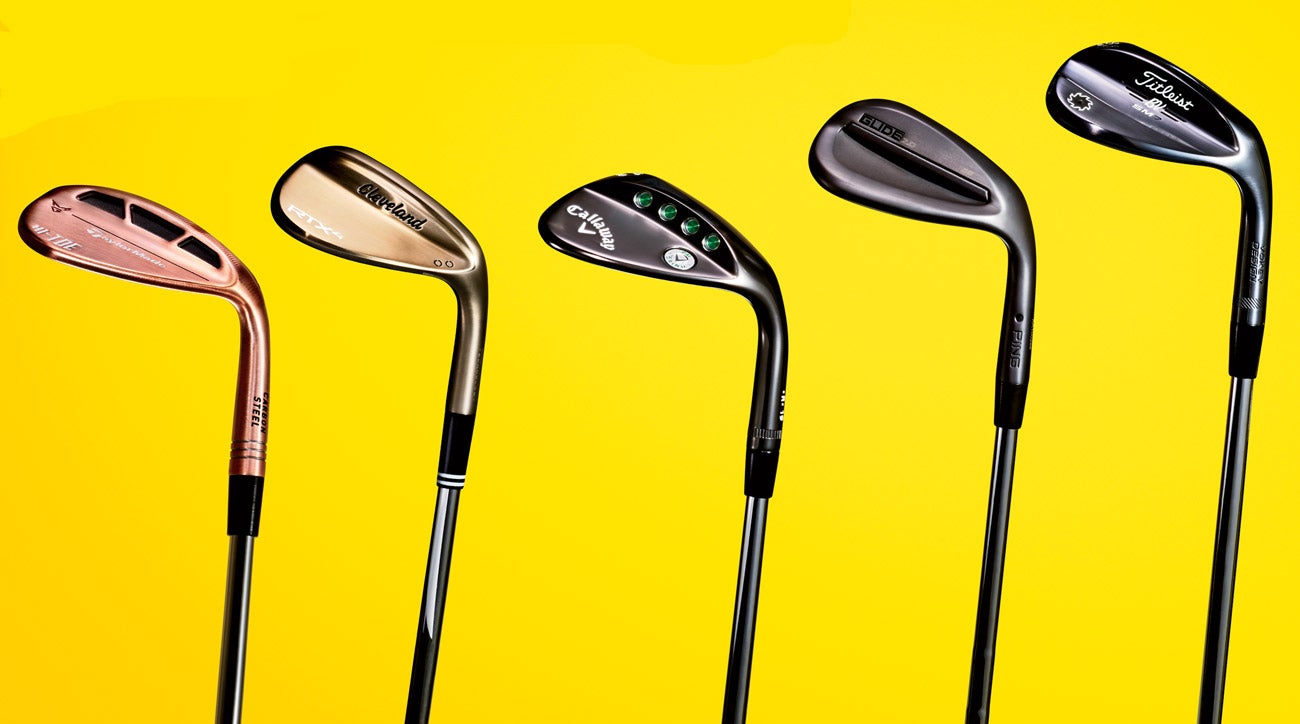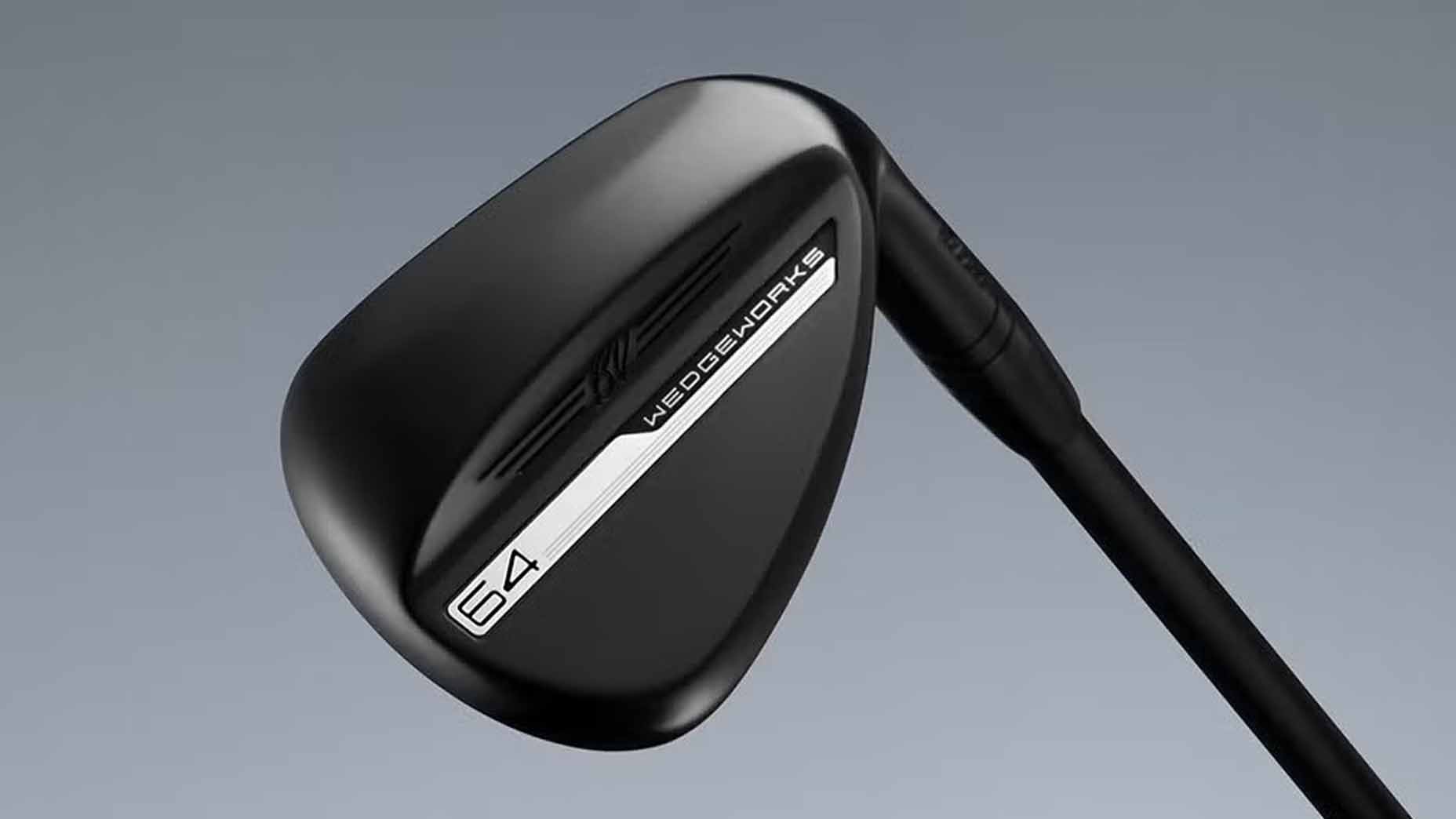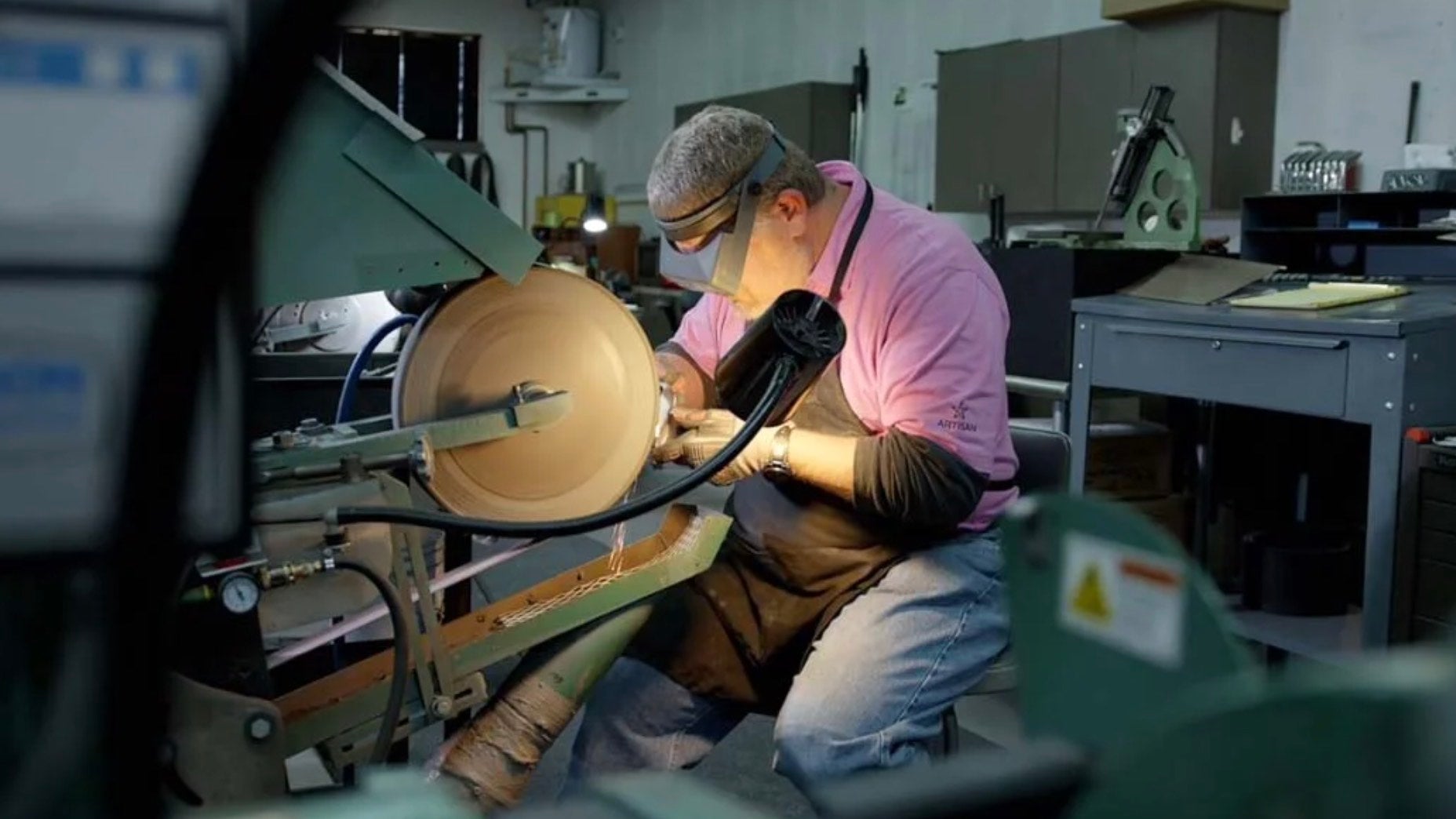 Titleist Vokey SM10 price drop: Shop this deal and save!
Titleist Vokey SM10 price drop: Shop this deal and save!
Sole provider: Understanding wedge bounce and what it does
I’ve been writing about golf equipment for almost 20 years now and even to this day, I still lose track of what all the technical stuff means. Let’s consider wedge design. At face-value, most wedges look pretty easy to figure out. They have a lot of loft and usually come with big clubfaces in either blade-style or cavity-back head shapes.
If only it were that simple.
Today’s wedges are crafted with loads of research and development built into each model, crafted specifically to meet the needs of a variety of shots around the green as well as for different player types. Every shape, curve, radius, groove, indentation, insert, cavity and grind is intended to serve some sort of purpose to help golfers hit the kinds of shots they want to hit from practically any type of lie on turf or in the sand.
Within the myriad of design components found in today’s modern wedges, one sticks out as the most confusing — not because it’s that difficult a concept to understand, but because it’s tied into so many other variables: bounce.
Bounce, or bounce angle, in layman’s terms, is the angle formed by the leading edge of the wedge, the ground and the sole of the wedge (at the point where it touches the ground) when the shaft is perfectly vertical.
With me so far?
With a high-bounce angle (10 degrees or higher), the wedge will be less prone to digging through impact, will have more of a bouncing effect in the sand and for most golfers, is an easier club to use than a wedge with low bounce (more on that later.) High-bounce wedges are best used with square face angles since when you open it, you greatly increase the bounce angle even more — sometimes making it hard to slide the wedge under the ball, leading to bladed or thin shots.
Then again, if you have a steep swing and tend to hit your wedge shots fat, or you play frequently on golf courses with soft sand and turf, or you tend to play shots with added shaft lean towards the target, a higher bounce angle will likely help you hit better shots.
Medium-bounce (6 to 10 degrees) angles tend to be more versatile and can be played effectively with the face square or opened (adding more bounce but not too much). Wedges with bounce angles in this range tend to fit well for most types of players.
Low-bounce wedges (6 degees and lower) tend to be the most difficult wedges to use, but also offer the greatest amount of shotmaking versatility. Tour players tend to favor low bounce wedges to hit a variety of shots, including high, open-faced lob shots from practically anywhere around the green. When played with a square face angle, a low-bounce wedge has little to no room for error, but when struck correctly tends to produce cleaner hits with less debris between the clubface and the golf ball.
ADVERTISEMENT
Here’s where things can get confusing, though. Bounce angle as it’s written on your wedge (it’s sometimes printed alongside loft), is not a static measurement. Your bounce angle changes depending on what type of shot you’re hitting and how you set up to the ball at address. Furthermore, different types of sole grinds can affect how changeable your bounce angle is.
Here’s what I mean: As you open the face on your wedge, you’re adding bounce because the leading edge rises, which increases the bounce angle. When you close the face, it lessens. Different sole grinds, cambers, rocker radiuses (yes, that’s a thing) and so on can affect how this all plays out.
Some grinds minimize the addition of bounce when played with an open face, or add or reduce bounce based on what types of chips, pitches or even full shots are played. This makes choosing the right sole grind just as important as it is to choose the right loft/bounce angle combo.
The moral of the story is, when considering a new wedge, start with loft, then choose bounce, then check with a club-fitter about what sole grind might be best for your game. The more effort you put into buying a new wedge, the better your wedges will perform.
ADVERTISEMENT






